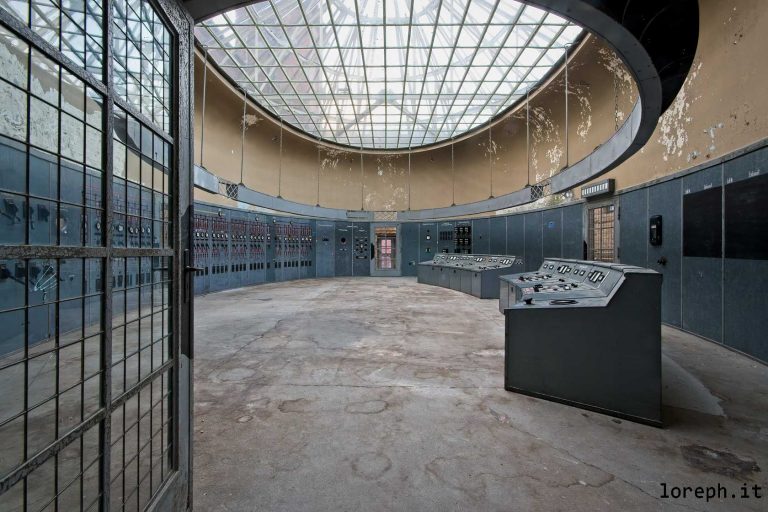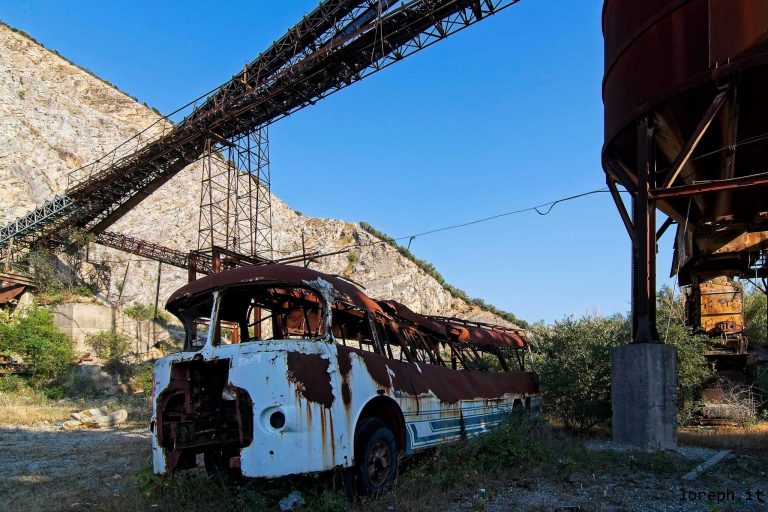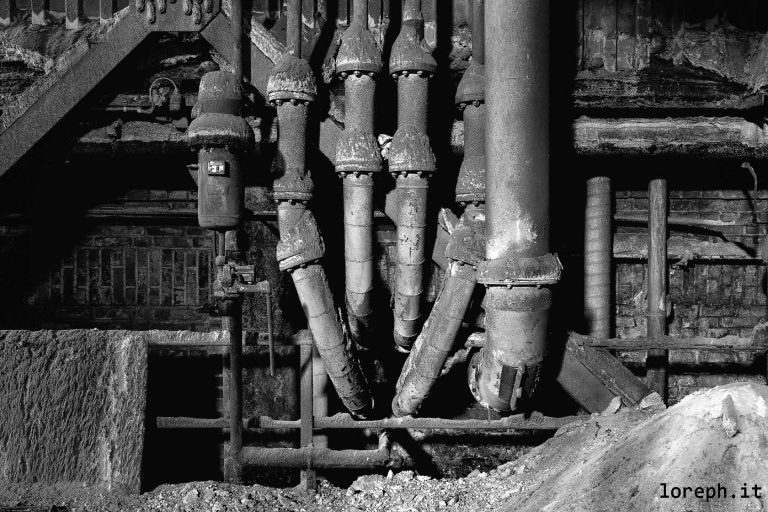LA DECAPERIE DE LA PRAYE [BE]
Exploration #212 La decaperie de la Praye. La decaperie was industrial plant where metal was pickled. It closed about ten years ago, as did the steel mill and rolling mill of the same industrial group, located nearby. All the factories belonged to the stainless steel division of this metallurgical monster that is omnipresent in the region. This pickling plant had two storage units were the metal coils were automatically storages by cranes. The buildings are now an empty shell stripped of their machines but still nice the take some photos.
Pickling is a treatment that consists of cleaning the surface layer of the object. The purpose is to remove any impurities left by previous treatments that have released oxides, which occurs for example in forging and hot-rolling processes or in any other process involving the use of high temperatures. The purpose of the treatment is to make the material suitable for the subsequent stages, such as the application of an anti-corrosive layer. Pickling therefore dissolves all iron compounds that are present on the surface of the object. It is these, in fact, that are responsible for deterioration in contact with atmospheric agents.
La decaperie de la Praye is not far from the huge coke plant of Marchienne.










